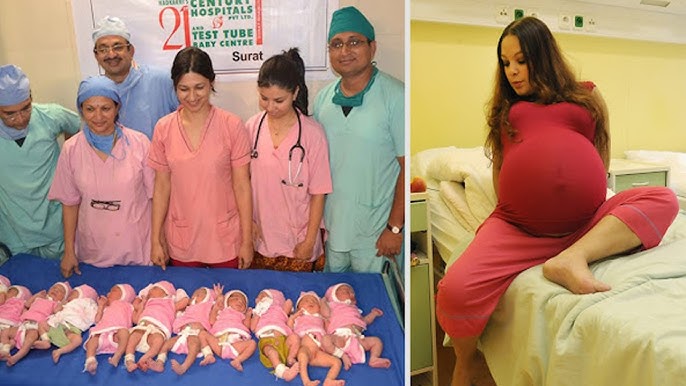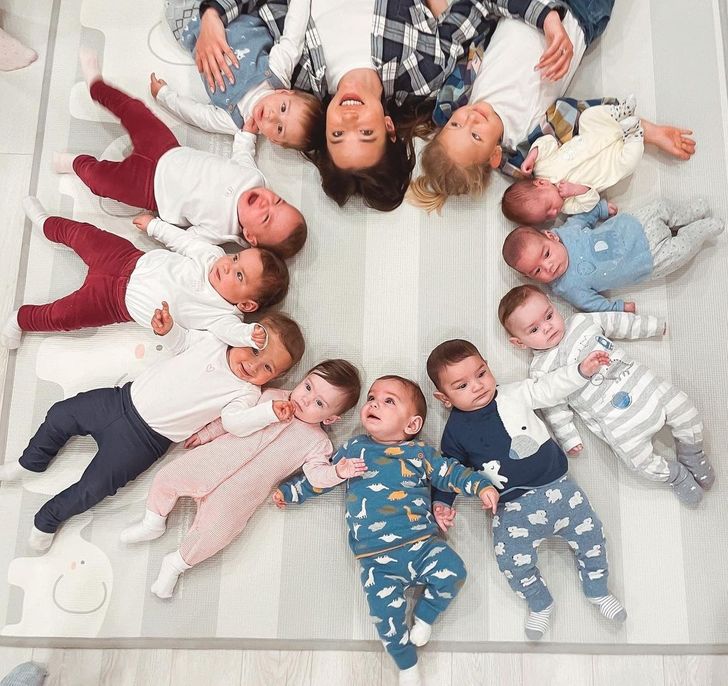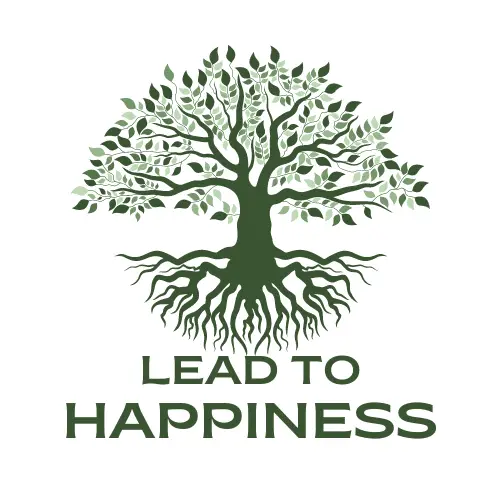Did a Woman Really Give Birth to 14 Babies at Once? The Viral Claim Debunked!
Social media is buzzing with a jaw-dropping claim: A 23-year-old woman supposedly gave birth to 14 babies in a single delivery! It’s the kind of story that stops your scroll, sparks disbelief, and sends the share button into overdrive. But before you gasp and share, let’s dive into the fascinating truth behind this extraordinary claim and what medical science really says about high-order multiple births.
The Unbelievable Truth: Fact vs. Fiction
While the idea of a single delivery of 14 babies captures our imagination, the reality is that there is no credible medical or news report confirming such an event. This sensational claim lacks verification from official medical institutions, hospital records, or reputable media sources.
Fact-checkers, including trusted platforms like Snopes and AFP Fact Check, have thoroughly investigated this story. Their conclusion? There is no evidence that this event occurred. The story appears to be a fabrication or extreme exaggeration, cleverly designed to go viral and generate clicks.
Understanding High-Order Multiple Births: What Science Says
Multiple births – like twins, triplets, or quadruplets – happen when a woman carries more than one fetus during a single pregnancy. But births involving seven or more fetuses, known as high-order multiple births, are incredibly rare and medically complex.

The Guinness World Records confirms that the highest number of babies born in a single delivery to survive infancy is eight, a case known as the Suleman Octuplets.
In 2009, Nadya Suleman, an American woman, gave birth to octuplets (eight babies) in California. All eight children survived and were later nicknamed “Octomom” by the media. This delivery, conducted via cesarean section, was the result of in vitro fertilization (IVF), and it became globally renowned due to its rarity and the ethical discussions it sparked.
Medical professionals, including experts at the National Institutes of Health (NIH), emphasize that pregnancies involving more than four fetuses carry serious health risks for both mother and babies. These risks include:
- Premature birth
- Low birth weight
- Complications for the mother such as hemorrhaging and preeclampsia
Beyond the Headlines: Notable Cases of High Fertility
While a single delivery involving 14 babies is medically implausible, there are real-life cases of women who have had a truly remarkable number of children over the course of many years. These incredible stories highlight human biology’s diversity:
Mariam Nabatanzi (Uganda): This widely reported case involves a woman from Uganda who reportedly gave birth to 44 children by the age of 36. Her extraordinary fertility is linked to hyperovulation, a rare genetic trait causing her ovaries to release multiple eggs during ovulation. She gave birth to multiple sets of twins, triplets, and quadruplets, and her case has become a subject of medical and sociological study.
Leontina Albina Espinoza (Chile): Another historical case often cited in viral posts is that of a Chilean woman who claimed to have given birth to 58 children. However, a later investigation found only 14 biological children, with the remaining reportedly adopted or taken in. While widely covered in the 1980s and 1990s, the accuracy of her claims has been disputed.

Debunking Misleading Headlines and Sensational Claims
Headlines claiming a woman gave birth to 10, 12, or 14 babies in one delivery often resurface, typically accompanied by doctored images and vague locations. In many cases, the pictures used are repurposed from unrelated births or digitally altered to create shock value.
For instance, past viral posts have used images from the Malian nonuplets case—where Halima Cissé, a woman from Mali, gave birth to nine babies in 2021. This remarkable and verified case occurred under close supervision in Morocco and involved an intensive care team and prolonged hospitalization for both the mother and children. Even in this documented case, the birth required extensive planning, international medical coordination, and long-term neonatal care—underscoring just how extraordinary and delicate such events are.
Why These Stories Go Viral (and What You Can Do!)
Extraordinary claims involving childbirth, especially those with high multiples, tap into our natural fascination with human biology and the wonders of family. However, viral misinformation can spread rapidly when emotions override evidence.
A 2021 study found that false information spreads faster than the truth on social media, especially when the content is emotionally charged, surprising, or visually dramatic.

Here’s how you can be a savvy media consumer and help stop the spread of misinformation:
Question the Extreme: If a claim seems too shocking or unbelievable to be true, it very likely isn’t. Your initial reaction of disbelief is often your best guide.
Check the Source: Look for the origin of the claim. Is it a reputable news organization, a recognized medical institution, or a personal blog with no verifiable data?
Verify with Trusted Authorities: Always cross-reference claims with official sources.
- World Health Organization (WHO)
- National Institutes of Health (NIH)
- Guinness World Records
- Major reputable news outlets (e.g., BBC News, Reuters, Associated Press)
Look for Specifics: Vague details like “a young woman in [country]” without names, dates, or hospital confirmations are red flags. Legitimate news reports will provide verifiable specifics.

Beware of Emotionally Charged Language: Headlines designed to provoke a strong emotional reaction (“You Won’t Believe!”, “Doctors Screamed!”) are often indicators of clickbait rather than factual reporting.
Fact-Check the Images: Be skeptical of dramatic photos. A quick reverse image search can often reveal if a picture has been altered or used out of context.
Fact Over Fiction
While real examples of large families and remarkable fertility exist, it’s crucial to distinguish these from medically implausible claims of high-order multiple births in a single delivery. There is no medically verified case of a woman giving birth to 14 babies in one event.
When encountering viral claims, always check with trusted medical organizations, official birth records, and reputable news agencies. Stories that seem too shocking to be true usually are. By staying informed and critical, you can help ensure that truth, not sensationalism, prevails.
Beta feature
Beta feature


